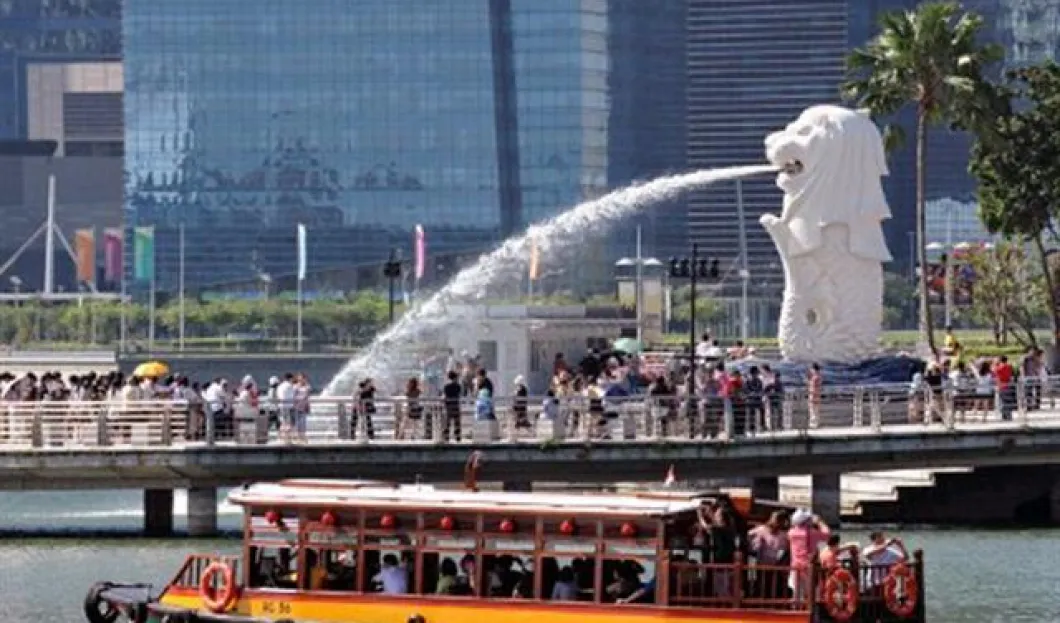
In the recent years, tourism in Singapore has been growing at a very high speed but the rate has been observed to slow down recently.
The slow growth started showing in the second half of 2012 even after a very good performance recorded in the first half of the same year.
The OCBC Investment Research analysts reported that the weaker growth was related to the fact that there was uncertainty in the global economy and no instant catalysts were being seen. The analysts, Carey Wong and Sarah Ong, also noted that most corporates operated with tighter travel budgets.
According to Singapore Tourism Board (STB) in the first six months of last year the tourism receipts were $11.5 billion (+7% year on year). The tourist arrivals were around 7.1 million which translated to 11% increase. The full-year statistics have not yet been released.
However, a report released by OCBC after the first nine months of the year pointed to a visitors' rate slow down. The figures were reported to be 10.7 million visitors. The growth rate moved from 14.7% in the first quarter of 2012 to around 8.3% in the second quarter and further down to 3.1% in third quarter.
Singapore may still hit the target of around 13 to 15 million tourist arrivals and $23-24 billion tourism receipts when the results of the second half of the year come out. It is possible since the Formula One Grand Prix contract has been extended to 2017.
According to some analysis from DBS Group Research, the growth rate may also pick as a result of newly established tourist attractions like Gardens by the Bay, River Safari, the Marine Life Park and the Marina Bay Cruise Centre. Singapore's tourism industry may be supported by advancements in Resorts World Sentosa's Universal Studios and Johor's tourist magnets.
According to its spokesman, STB hopes to increase the number of visitors through incentives, inaugural business events, conferences, exhibitions and conventions. Examples are Global Young Scientists Summit and Rehab Technology Conference, CommunicAsia and Singapore International Energy Week events. The spokesman said that strategic industry sectors such as urban solutions, travel and tourism and information communications technology will attract quality events that may boost the growth rate.
The hotel industry performance was reported to be good and increasing though travelers opted for cheaper accommodation. Nonetheless, the occupancy rate for Singapore hotels is a strong 86%.
It was noted that there is weak growth in room rates due to the strong Singapore dollar. The new rates may see visitors reducing their stay duration and expenditure or even stop visiting Singapore at all if they see it as an expensive destination. More affordable rooms could save the situation as visitors are now more cost-conscious than ever.
At the moment, the average expenditure per tourist has dropped to 3% between 2011 and 2012. According to DBS, the growth rate or RevPar will increase by 3% instead of by 5% as it is the norm. This weakness in growth can be attributed to downgrading from luxurious to mid-priced hotels and shorter stays according to Rajiv Malhotra who is head of marketing for Hotels.com.













